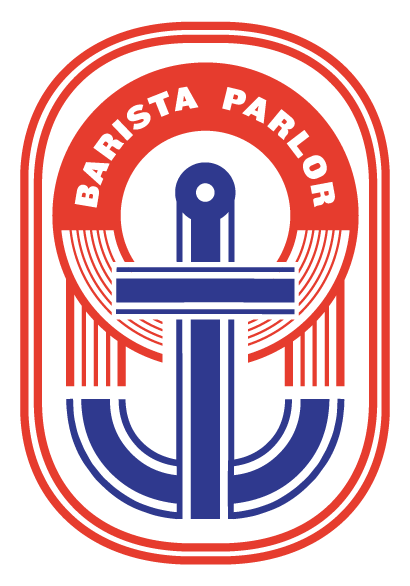Hey Friends,
My name is Daniel, I'm the Lead Roaster at Barista Parlor and I just want to start sharing some general information about coffee on a weekly basis!
The plant we call coffee is placed into the genus "Coffea," and broken into two common species: arabica and robusta. Nearly all the specialty coffee you drink is arabica. Here is a user-friendly chart I came across that identifies some of the differences.

None of this means all robusta coffees are bad, just as not all arabica coffees are good.
There is a range of elevations at which the species are grown. Two things come with increased elevation: greater density of the bean and increased acidity. Coffees grown at lower altitudes tend to have less density and lower acidity. On the bar, we may see these things present themselves in the form of ease of grinding and ease of extraction. Greater destiny means the coffee bean is harder and will be harder to grind. We aren't using hand grinders at our shops and "harder to grind" really just means that it takes a bit longer to grind the same dose. The tighter structure also makes extracting the tasty goodness out of the coffee more difficult. So, we may also need to grind finer or extend the brew time in order to achieve the same extraction levels as that of a lower destiny bean.
Rancho Sao Benedito: 1200 MASL
A way to check the hardness/density of a coffee is to take a single bean and press your thumbnail (or both nails) into the crease so it breaks. How much effort this takes will give you an idea of the density. Other variables that affect this are roast level, country of origin, and plant variety to name a few.
Next week I'll talk more about elevation and how it attributes to flavor. See you then.
